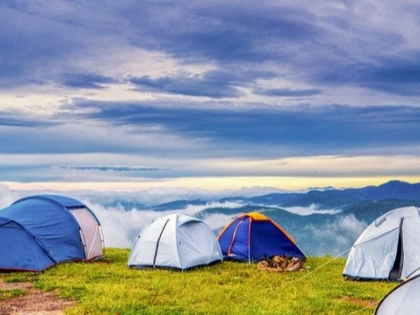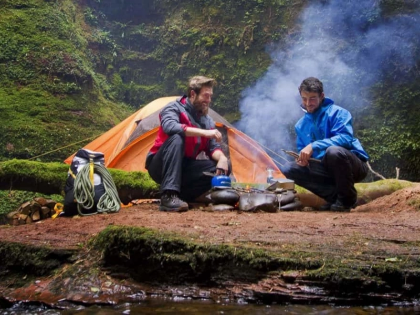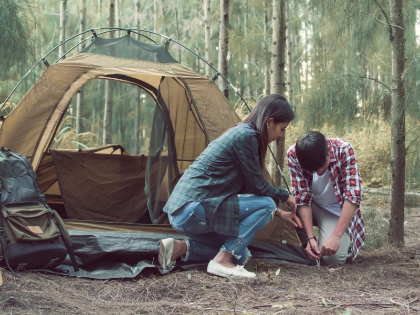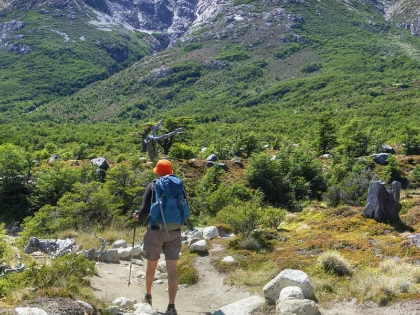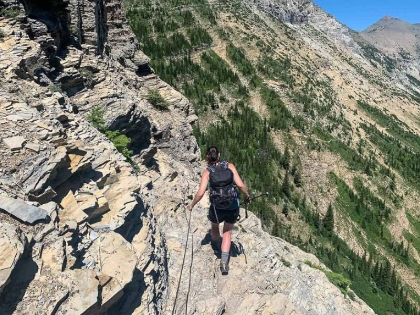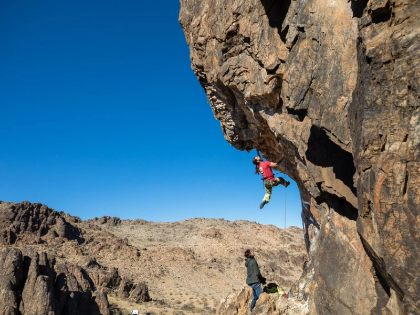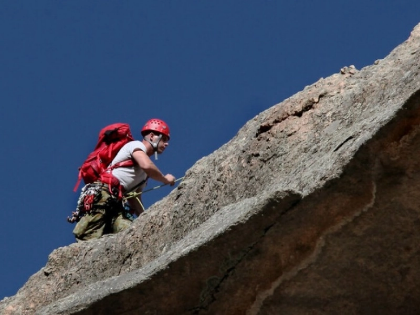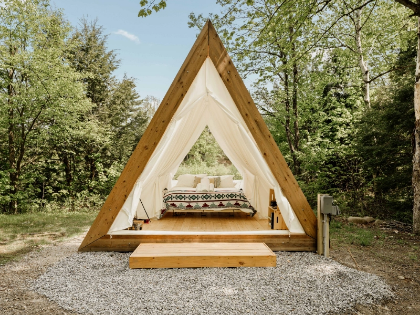Hiking is a low-impact activity that increases the strength and endurance of your legs while burning calories. It also offers a picturesque and natural experience in the outdoors.
Running and trekking for an hour can burn 840 calories for a person weighing 175 pounds. But compared to jogging, hiking usually takes longer, and you'll probably be walking across mountainous terrain.
1. It has little effect.

Advertisement
Hiking is a fantastic way to increase your endurance and burn calories. However, it also offers you the opportunity to take in the beauty of the Earth and access a level of mental clarity that isn't always easy to come by in our technologically advanced society.
Hiking is not as strenuous as running, and it may be more accessible than you might imagine. You can get an aerobic workout and improve the muscles that help you maintain your balance when hiking over uneven terrain by taking even a leisurely stroll in a nearby park.
To avoid overextending oneself, when planning your hiking route, seek out trails that loop around or return to your starting point. Breathe deeply and set a goal for yourself: while you're walking the trail, identify every plant, animal, and fungus you come across.
2. It's Easier to Get
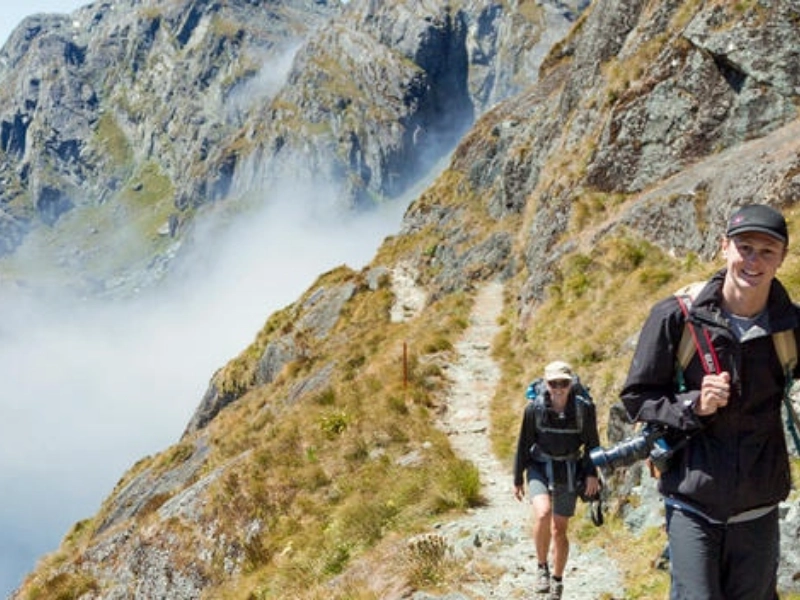
Unlike running, hiking doesn't exclude anyone due to injury, pregnancy, or weight problems and requires less equipment. It's also simpler to locate trails in your neighbourhood that suit your degree of expertise and skill.
But it's not always easy to go hiking. It will undoubtedly be more difficult to walk up a steep mountain track than to follow the same path downhill. Even a straightforward, level walk, however, will tax your muscles, require you to use your spatial navigation skills, and require you to pay close attention to your footing in order to prevent falling or being startled by any wildlife that may be there. The stabilising muscles involved in this multidirectional action are strengthened, which is beneficial for preventing common injuries. Many times, pulled-back muscles or sprained ankles are the result of those weak stabilisers.
3. There's no cost.
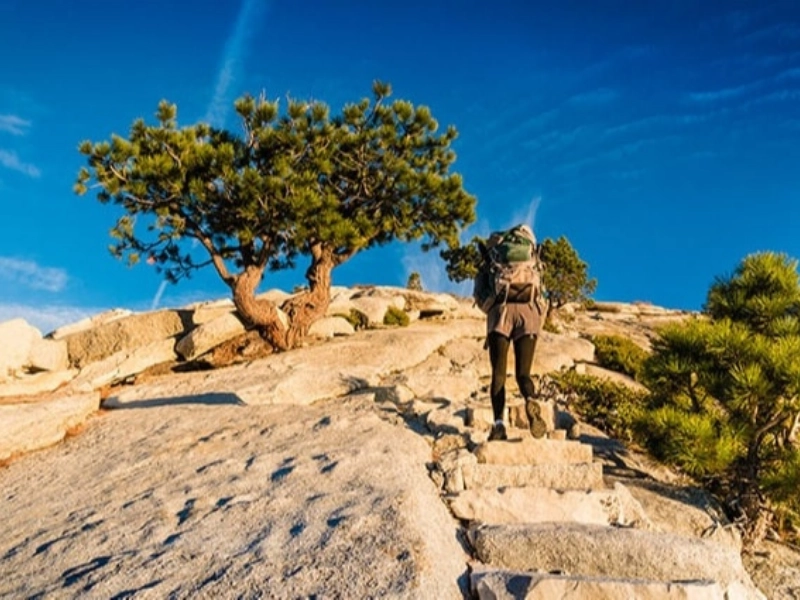
Hiking is an excellent cross-training activity if you want to get better at running. It benefits your heart in addition to helping to build muscle. Though parking at some parks may be expensive, hiking is likewise free.
Anywhere is a good place to go hiking, even your own backyard. All you'll need is some comfy yet sturdy clothing and a decent pair of sneakers.
Even training clothes made especially for trekking are available; they are lightweight and wick perspiration from your body. Hiking novices should begin with moderate trails that won't tax their bodies too much. Over time, you can gradually advance to increasingly challenging trails.
4. It improves joint health.

Running wears out your joints more than hiking does since hiking is done on gentler terrain, such as dirt trails. Using your hiking poles while hiking is also an excellent technique to improve your upper body.
Hiking also has the benefit of reducing cortisol levels, which are a sign of stress. Research indicates that taking a stroll in the natural environment might effectively lessen rumination by reducing blood flow to the area of the brain linked to unpleasant self-referential thoughts.
Make sure you gradually increase your hiking distance by starting out slowly. Leaping in at a distance that your body is not prepared for is one of the worst blunders you can make. Pain and injury may result from this. Speak with a physiotherapist to make sure you're off to a good start!
5. It's Beneficial to Your Heart
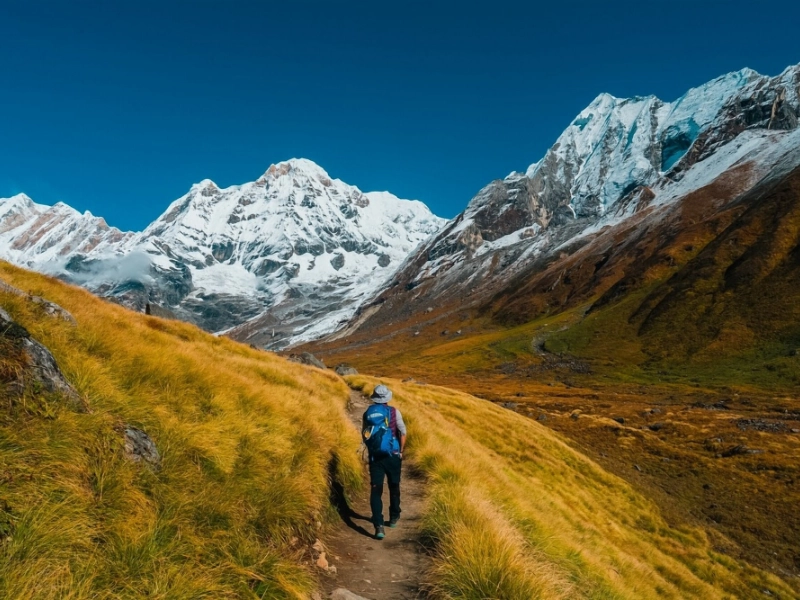
Since navigating hilly terrain demands more energy than walking on flat ground, hiking burns more calories than strolling. Along with strengthening your hips, glutes, calves, and leg muscles, the exercise also helps with balance.
By raising your levels of high-density lipoprotein, or HDL, which protects against heart disease, the technique can help lower your triglyceride and cholesterol levels. In addition to enhancing bone density, hiking can help stave off arthritis and osteoporosis.
It's crucial to begin cautiously and progressively increase the length and difficulty of your hikes, though. Wear appropriate footwear, pack a lot of water and snacks, and be ready for any weather changes. Before beginning any new fitness regimen, it's also a good idea to speak with your doctor, particularly if you have any underlying medical issues.
Advertisement






